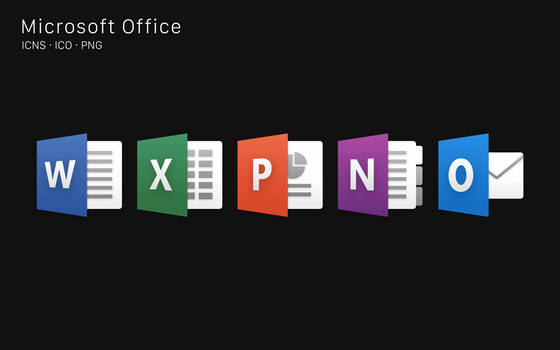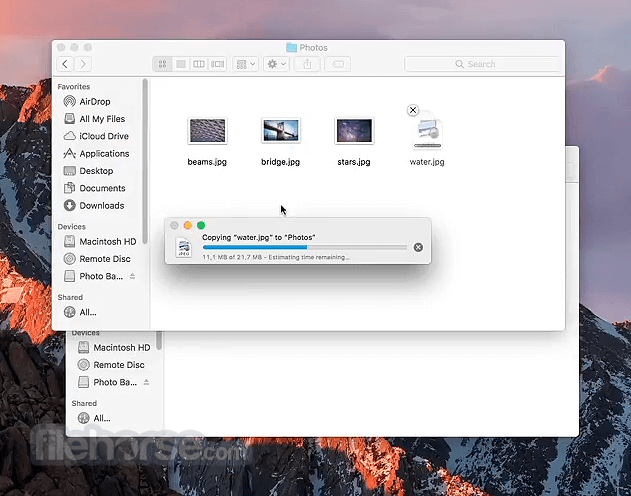
OS X Yosemite look and feel, support of Yosemite and Windows 8.1, optimized for Haswell Intel processors with performance improvements of up to 43% vs Fusion 6, allocate up to 2 Gb of video memory per virtual machine, improved support for Retina Macs® connected to non-Retina displays, energy impact reduced by 42%, automate GPU switching for. This year, the marquee features in VMware Fusion 7 are all about compatibility with OS X Yosemite (which primarily means cosmetic things like streamlined toolbars and more translucency).
Check compatibility
You can upgrade to OS Yosemite on any of the following Mac models. Your Mac also needs at least 2GB of memory and 8GB of available storage space.
MacBook introduced in 2009 or later, plus MacBook (13-inch, Aluminum, Late 2008)
MacBook Air introduced in late 2008 or later
MacBook Pro introduced in mid 2007 or later
Mac mini introduced in early 2009 or later
iMac introduced in mid 2007 or later
Mac Pro introduced in early 2008 or later
Xserve models introduced in early 2009
To find your Mac model, memory, storage space, and macOS version, choose About This Mac from the Apple menu . If your Mac isn't compatible with OS X Yosemite, the installer will let you know.
Make a backup
Before installing any upgrade, it’s a good idea to back up your Mac. Time Machine makes it simple, and other backup methods are also available. Learn how to back up your Mac.
Get connected
It takes time to download and install OS X, so make sure that you have a reliable Internet connection. If you're using a Mac notebook computer, plug it into AC power.
Download OS X Yosemite
For the strongest security and latest features, find out whether you can upgrade to macOS Catalina, the latest version of macOS.

If you still need OS X Yosemite, use this link: Download OS X Yosemite. A file named InstallMacOSX.dmg will download to your Mac.
Install the macOS installer
Double-click the downloaded file to open a window showing its contents. Then double-click the file within, named InstallMacOSX.pkg.
Follow the onscreen instructions, which will guide you through the steps necessary to install.
Begin installation

After installation of the installer is complete, open the Applications folder on your Mac, then double-click the file named Install OS X Yosemite.
Click Continue and follow the onscreen instructions. You might find it easiest to begin installation in the evening so that it can complete overnight, if needed.
Allow installation to complete
Please allow installation to complete without putting your Mac to sleep or closing its lid. Your Mac might restart, show a progress bar, or show a blank screen several times as it installs both OS X and related updates to your Mac firmware.
Learn more
- OS X Yosemite won't install on top of a later version of macOS, but you can erase your disk first or install on another disk.
- You can use macOS Recovery to reinstall macOS.
Author:Kristina De Nike
Kristina De Nike is a product line manager for VMware EUC. In addition to her current responsibilities for Horizon Clients, she has worked on VMware Horizon FLEX and VMware Workspace ONE integration. She brings her love of consumer products, data-driven decision making and clear UI to the end-user side of VMware EUC.
By Kristina De Nike, Product Line Manager, End-User Computing, VMware
No need to be alarmed. Apple has announced that Mac OS X 10.10 is available. But if you are running the latest Horizon Client for Mac, version 3.1, you do not need to change anything. The current client works beautifully with Yosemite and looks beautiful doing it.
Figure 1: Horizon Client for Mac in Front of Seamless Horizon Hosted Application (Windows Chrome)
Mac Os For Vmware

For weeks, we have been testing the Horizon Client 3.1 with the OS X Yosemite beta. Now that OS X 10.10 has shipped, we can confirm that the Horizon Client for Mac that we shipped in September is fully compatible.
Vmware Mac Os On Windows
If you are not running the latest Horizon Client, download the Mac client from the Horizon Client download page.
Vmware Mac Os Yosemite Download
For more information about the Horizon Client and View virtual desktops, see Horizon with View.